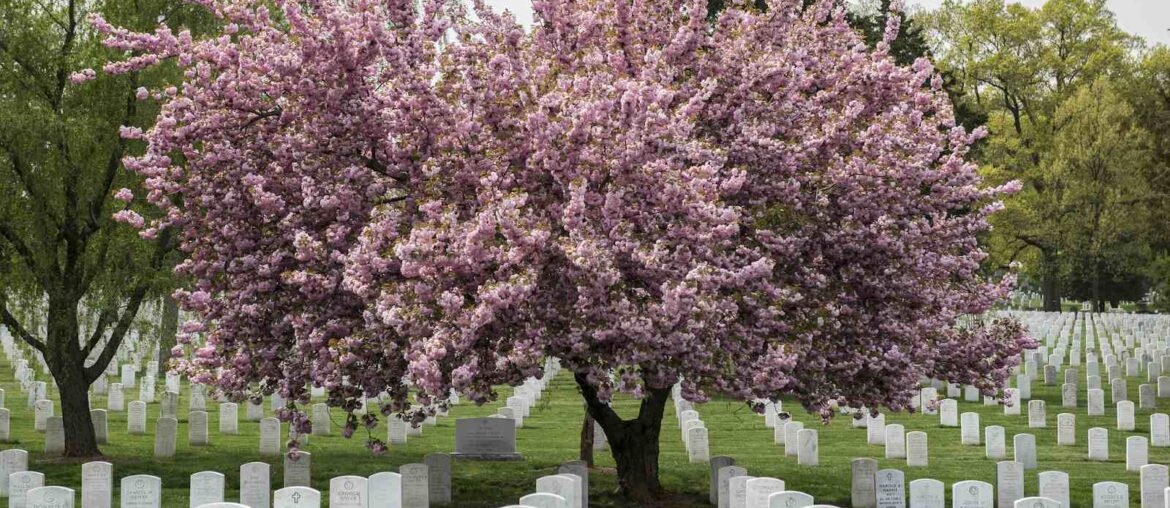I remember my first memorial tree.
I was eleven, and it was my class’s hamster, Willy. The little pet just expended its lifespan. Nevertheless, we still gave it a funeral. 5th graders couldn’t venture very far from the school ground, so we buried it under our school’s new red oak sapling. Thirty years later, those 5th graders still remember Willy the Red Oak tree fondly at our class reunion.
Memorial trees have the power to bring physical form to their memories. Wouldn’t they be the perfect gift on Memorial Day?
What are memorial trees?
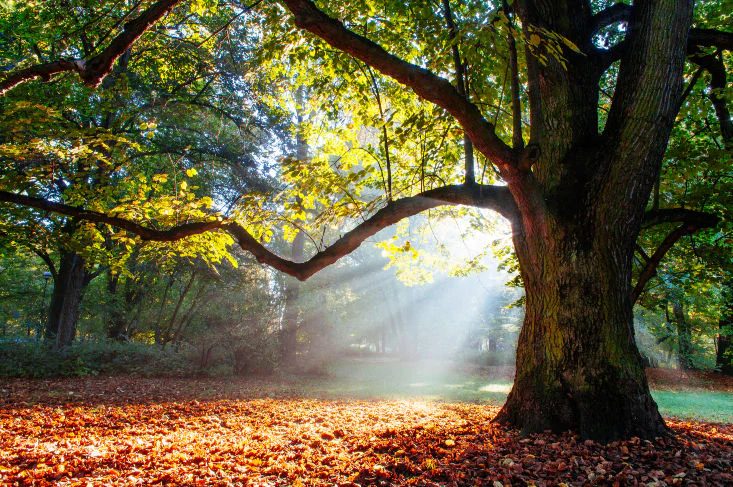
Also known as tribute trees or remembrance trees, memorial trees are trees planted as lovely living memories of a loved one who has died, an event that has occurred, or a memorable moment in a person’s life. The remembering tree can grow in your loved one’s honor and live on for decades, if not centuries. People frequently scatter or bury ashes near the place of the tree.
Tree memorials are not that uncommon. In Zimbabwe, people are even planning to convert cemeteries into forests via memorial trees. BioUrn is even running a business based on the idea of memorial trees.
Where to plant your memorial trees?
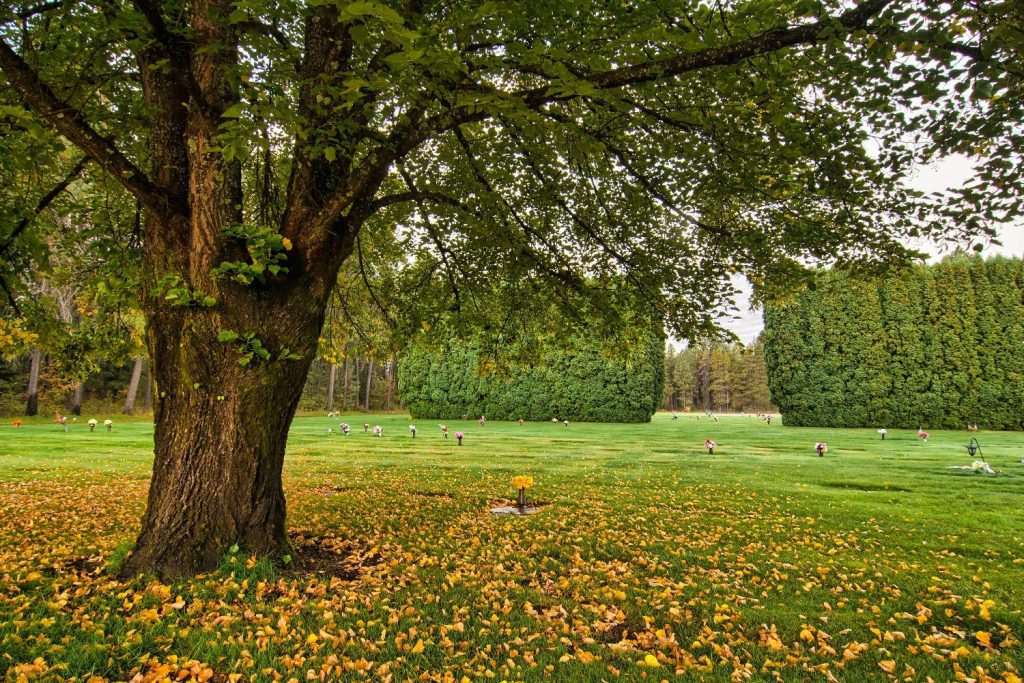
Memorials trees are often planted at a few places:
- A place of special memory: This could be anywhere that holds your heart.
- Your backyard: We spend a lot of time with our beloved in the backyard during special events.
- Cemetery: The cemetery is also a great place to plant your memorial trees, instead of placing decorations and sculptures.
Memorial tree planting can also be done in a local church, city park, state or national park, golf course, cemetery, or memorial park, among other sites.
What trees to plant as memorial trees?
Memorial tree planting began in the United States after World War I. This is a part of a countrywide program launched by the American Forestry Association. Returning military members adopted the European practice of planting trees to commemorate major triumphs in war.
This Memorial Day, if you wish to plant a tree as appreciation for fallen soldiers, here are a few ideas:
- Hazel
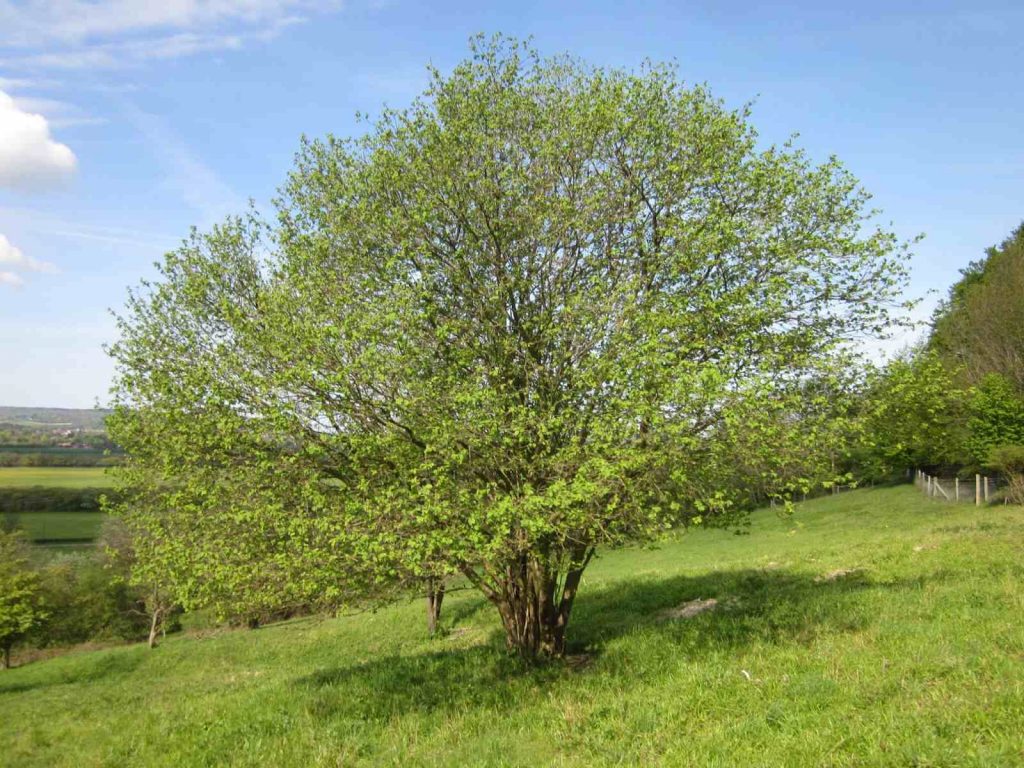
Hazel is one of the smallest native tree species, growing more like a shrub than a tree and reaching only around 20 feet in height when mature. The gorgeous male catkins, which resemble lambs’ tails, begin to discharge yellow pollen in February.
We find that Hazel is connected with knowledge and inspiration. This sacred tree is reported to be enshrouded in a potent spell that may infuse people who consume its fruit.
- Oak
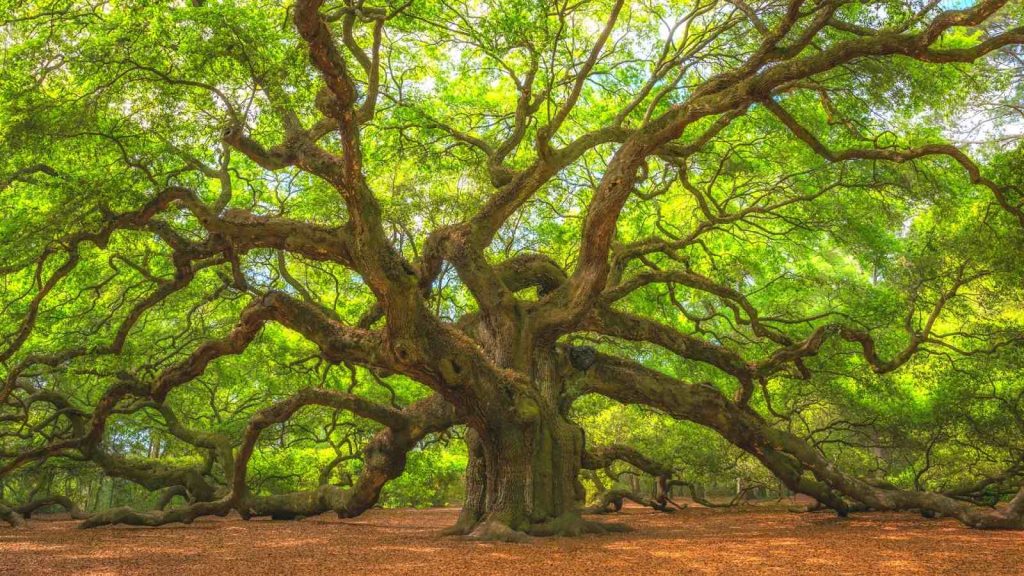
There are many species of oak trees, with the red oak being the most popular memorial tree. The leaves of reds have pointed lobes that are topped with small bristles. Their acorns grow over two years and sprout in the spring when they fall to the ground.
Oaks have been linked with longevity, strength, stability, endurance, fertility, power, justice, and honesty.
- Crabapple
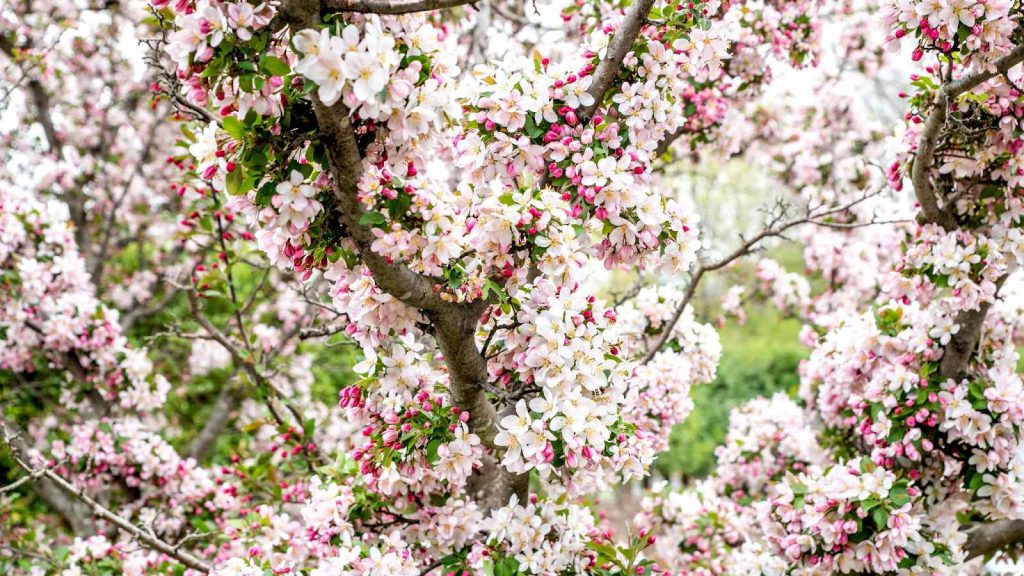
Crabapples are popular as little decorative trees that bloom in the spring and bear colorful fruit in the autumn. The fruits can typically be found throughout the winter. The majority develop to be 15 to 20 feet tall and wide. There are also dwarf and semi-dwarf types, with heights ranging from 5 to 10 feet.
The Crab Apple Tree is known as the Tree of Love by the Ancient Celts. Plant this sapling to demonstrate the wealth of affection that surrounds that individual.
- Pagoda Dogwood
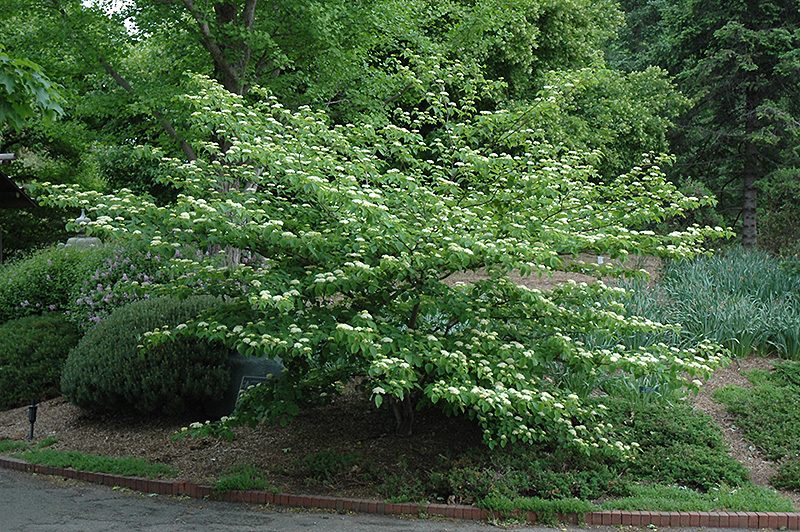
This lovely tree is intriguing throughout the year. Pink or white blossoms in late winter or early spring. Appealing green leaves. It blooms from May to early June with exceptionally fragrant yellowish-white flowers and bears gorgeous blue-black fruit in July or August.
Dogwoods are closely associated with Christianity and are frequently used as a sign of rebirth. On the other hand, they are associated with perseverance and the capacity to overcome many trials in life.
- Silver Birch
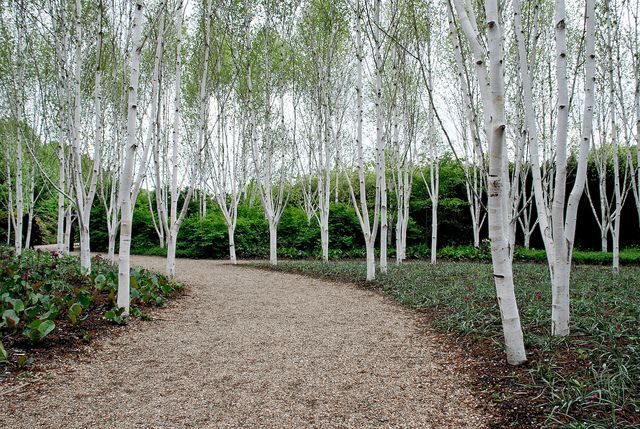
The silver birch is an eye-catching, medium-sized deciduous tree. They can reach 30m in height when mature, producing a light canopy with beautiful, drooping limbs. The whitebark loses layers like tissue paper, eventually becoming dark and rough at the base. The bark of older trees develops black, diamond-shaped cracks.
The birch was a symbol of regeneration and purity in early Celtic mythology. Birch twig bundles were employed to drive away from the ghosts of the old year. Gardeners still use the birch besom, or broom, to ‘purify’ their gardens. It is often utilized as a sign of fertility and love.
- Hydrangea
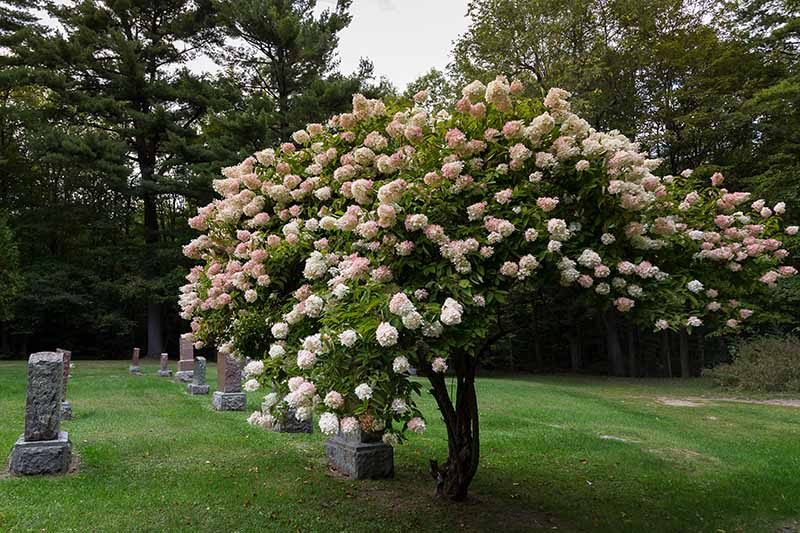
Hydrangea trees do not normally develop into a tree form. All hydrangeas, if left to their own devices, will develop into shrubs with many stems. Hydrangea paniculata is the only hydrangea that can be grown into a tree. When they are young, they are pruned into single trunk trees by nurseries. Every year in mid-summer, Paniculatas bloom on fresh growth, and the display is stunning.
The hydrangea is a symbol of thankfulness, elegance, and beauty. It also exudes richness due to the number of blossoms and the large spherical form. Its colors represent love, harmony, and peace.
- Rowan
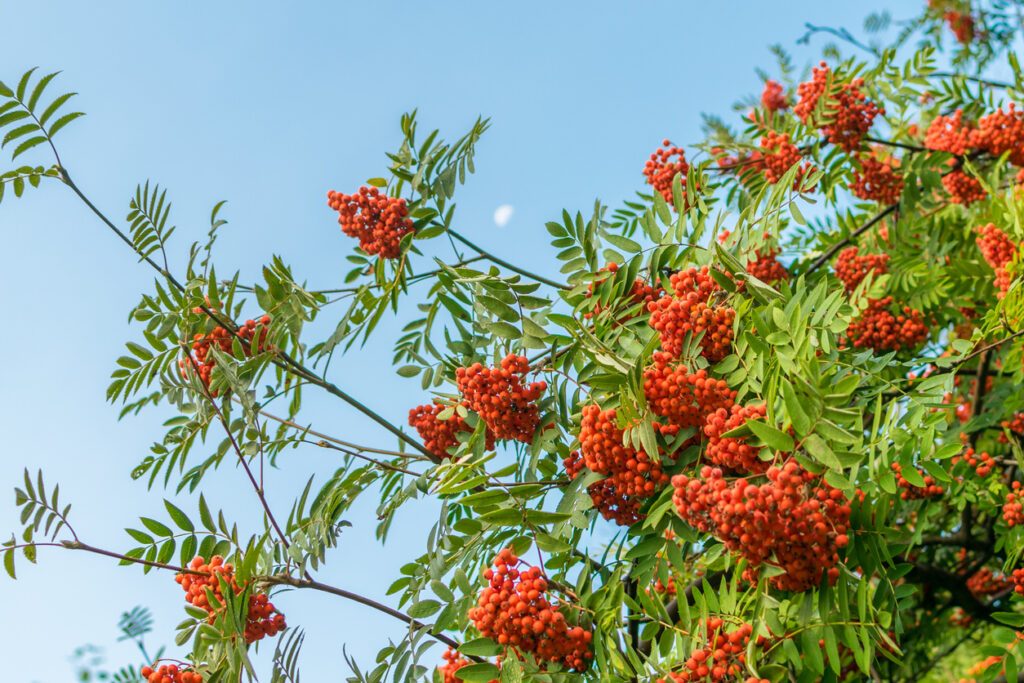
Rowan is a Caledonian Forest pioneer tree known for its vivid red berries towards the end of summer. It grows in a compact upright form and is rather modest. Rowan is also known as the mountain ash tree due to the likeness of its leaves to those of ash trees. Both have several opposing finger-like leaflets.
The Rowan tree has a long and illustrious history. People have been planting Rowans near their homes as the Tree of Life in Celtic mythology, representing courage, knowledge, and protection.
- Magnolia
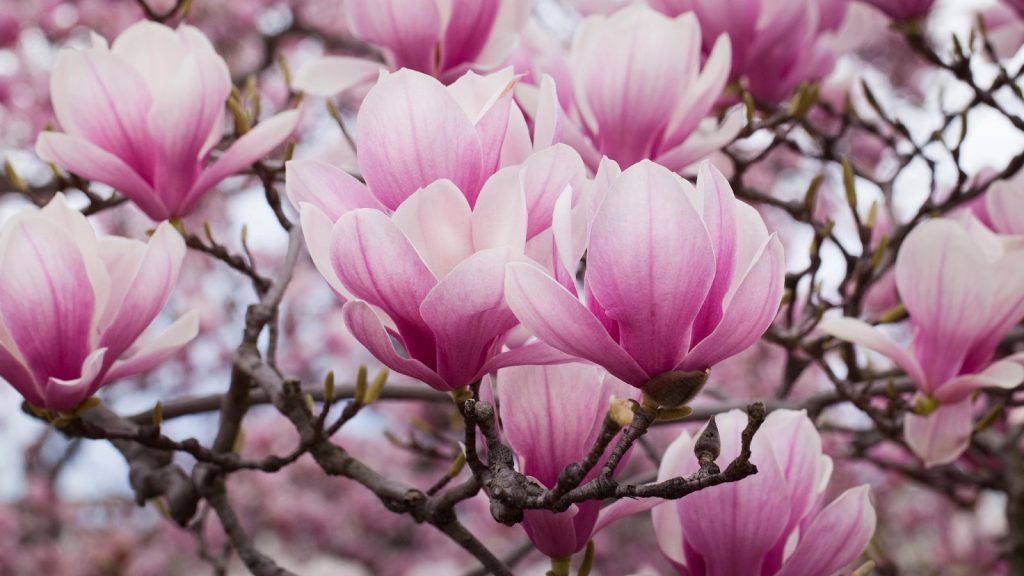
This magnificent flowering plant can grow between one and two feet every year. When fully grown, these trees may reach heights of 60 to 80 feet, implying that they would require a lot of space if planted in your yard.
Because Magnolia is thought to have existed from the dawn of time, it represents persistence, longevity, and tenacity. But it may also signify dignity and grandeur.
- Lilac
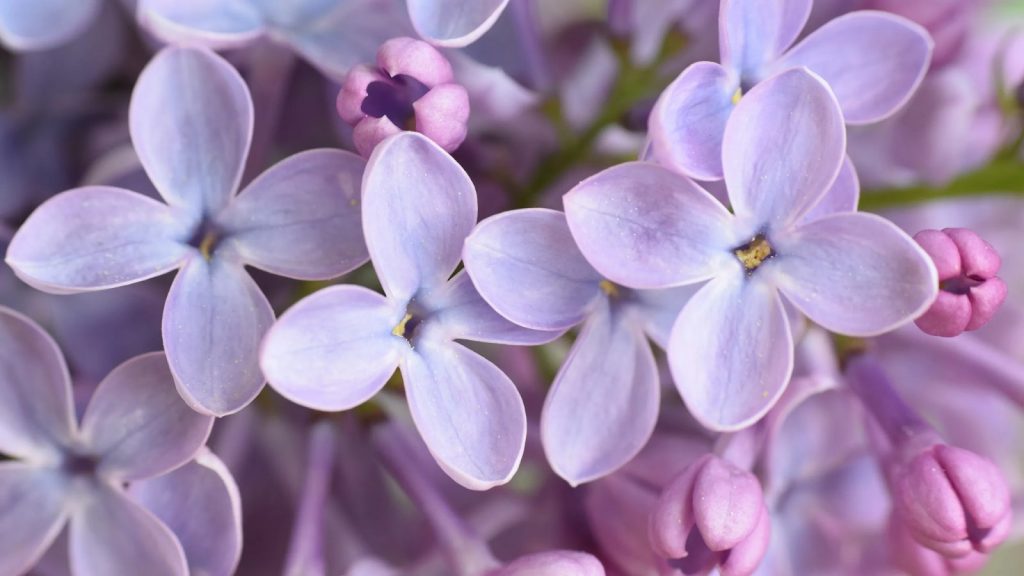
Lilacs may survive for more than a century and can grow to be 12 to 15 feet tall and 10 to 12 feet wide. It grows quickly while young, but slows to roughly one foot each year as it ages.
Since ancient times, Lilacs have generally been regarded as a sign of spring. They represent rejuvenation in particular since they bloom one of the earliest. A white lilac can make for a beautiful memorial tree to plant on Memorial Day.
- Japanese Maple
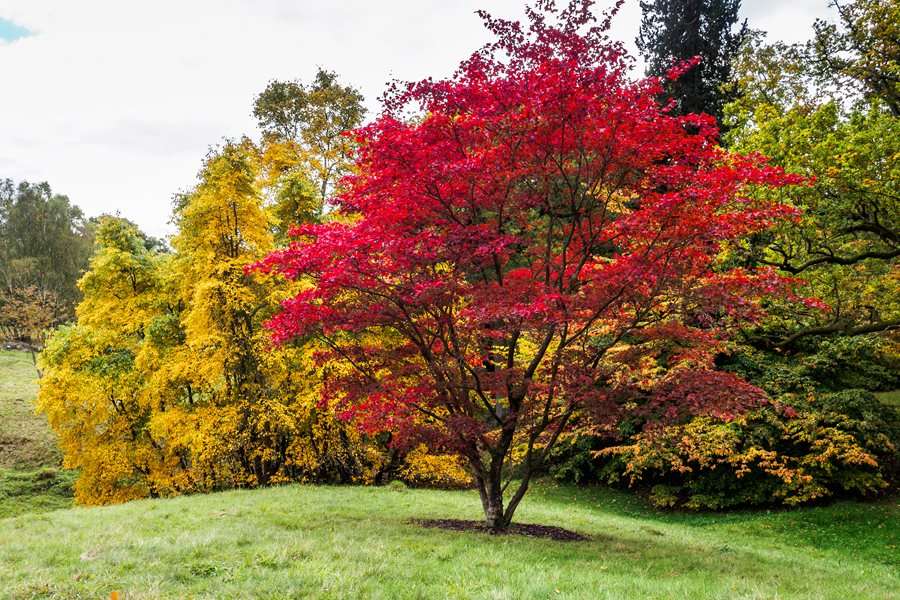
The Japanese maple is a small deciduous tree or big shrub with a wide crown. It has purple-red flowers in the spring, deep red-purple leaves in the summer, red samaras (dry fruit) in the late summer, and beautiful red-to-crimson fall color. Trees often grow to be 15 to 25 feet tall.
Japanese maple trees reflect balance and pragmatism and are termed “kito” in the Japanese language, which means “quiet”, “rest”, or “at peace”.
- Serviceberry (Amelanchier)
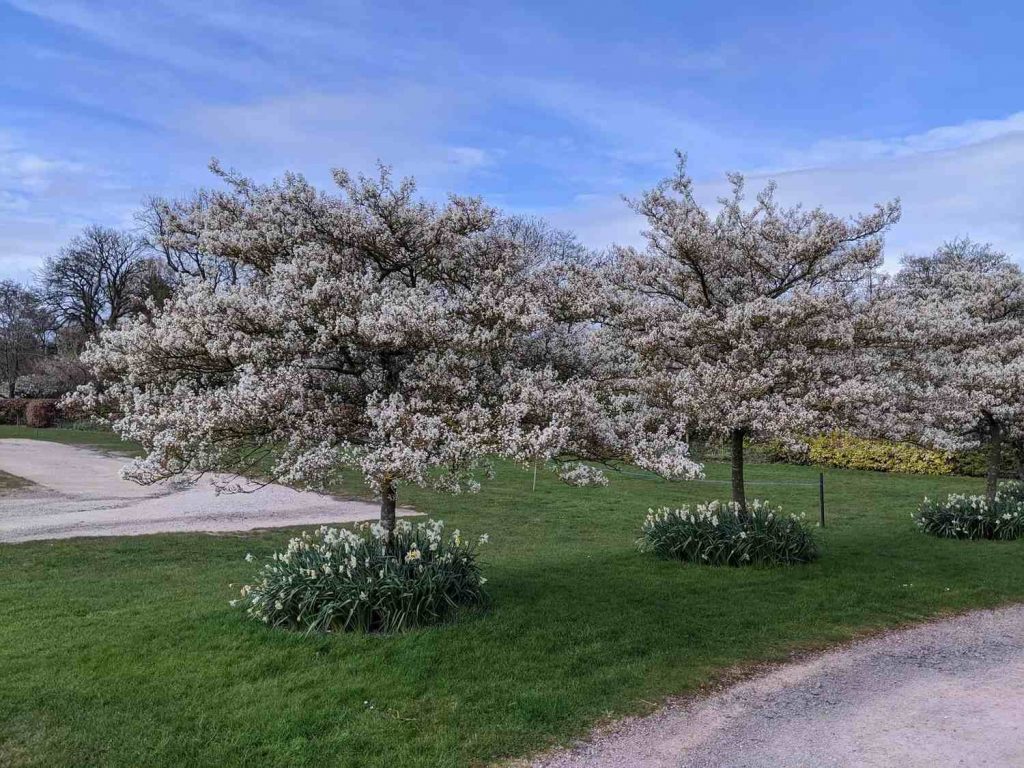
Downy Serviceberry is an early-flowering, big shrub or small tree that grows 15-25 feet tall in cultivation but can reach 40 feet in the wild. Beautiful fall colors on a large shrub or little tree. White spring blossoms give birth to 1/4″ fruit that birds adore.
With one of spring’s earliest and most beautiful flowers, the plant was a favorite sign of the end of winter and the arrival of priests from afar. Its blossoming signaled that the ground had thawed sufficiently to allow graves to be dug.
Conclusion
Trees symbolize hope, encouragement, and love, all of which we feel should be disseminated across the world. When you give a tree as a present, you are offering a growing memory, a lasting remembrance of the occasion, person, or celebration that the tree is planted to remember.
To shop for these memorial saplings for the best price, shop via Tenere. In that way, you can plant memorial trees for less and help plant more trees for reforestation.

